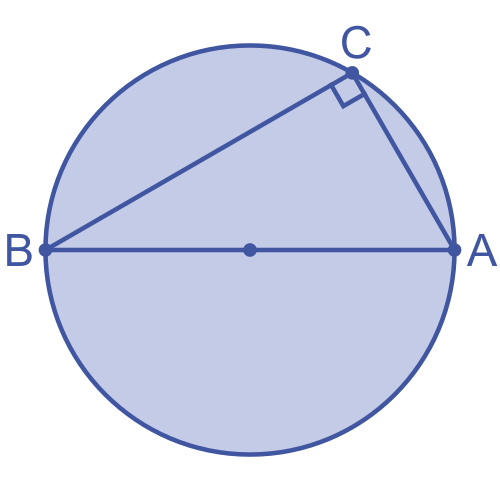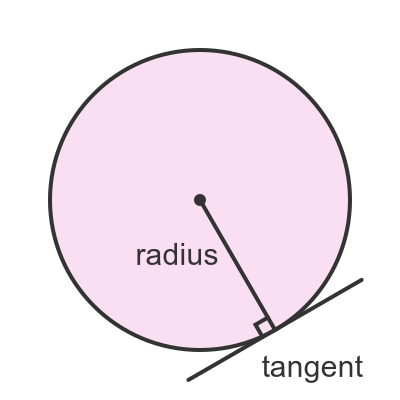Maths National 5 Exam Facts and Formulae
1/87
Earn XP
Description and Tags
A collection of important mathematical terms and their definitions for the National 5 Exam.
Name | Mastery | Learn | Test | Matching | Spaced |
|---|
No study sessions yet.
88 Terms
Area of a Rectangle
A = l × b
Perimeter of a Rectangle
P = 2 × (l + b) (Two times the sum of length and breadth)
Area of a Parallelogram
A = b × h
Area of a Kite/Rhombus
A = 1/2 × d1 × d2 (One-half times the product of the diagonals)
Area of a Trapezium
A = 1/2 (a + b) × h (One-half times the sum of the bases times the height)
Area of a Triangle
A = 1/2 × b × h
Area of a Circle
A = π × r²
Circumference of a Circle
C = π × d
Area of a Sector
Sector Area = x/360° × π × r²
Length of an Arc
Arc Length = x/360° × π × d
Indices Rule for Multiplication
a^m × a^n = a^(m+n)
Indices Rule for Division
a^m ÷ a^n = a^(m-n)
Indices Power Rule
a^m = a^(n×m)
Negative indices rule
a^(-m) = 1/a^m
Fractional Indices Rule
a^(m/n) = = n√a^m (REMEMBER flower power, square root)
Indices Power of 0
a^0 = 1
Surds Multiplication Rule
√a × √b = √(a × b)
Surds Division Rule
√a ÷ √b = √(a ÷ b)
Surds square roots squared
√a x √a = a
Square numbers from 1-15
1,4,9,16,25,36,49,64,81,100,121,144,169,196,225
Cube numbers 1-5
1, 8, 27, 64, 125
Gradient of a Straight Line
m = (y2−y1)/(x2−x1)
Equation of a Straight Line
y = mx + c
Volume of a Cuboid
V = l × b × h
Volume of a prism
V = A x h
Volume of a cylinder
V = π x r² x h (notice: area of circle)
Curved surface area of a cylinder
CSA = 2 x π x r x h
Order of priority in factorising
Highest common factor, difference of two squares, trinomial
Discriminant formula
b² - 4ac
Discriminant use
To determine the nature of the roots of a quadratic equation
Discriminate value indicating the nature of roots
Positive = 2 real, distinct roots
Zero = 2 real, equal roots
Negative = no real roots
Completing the square format
y = (x + a)² + b
How to find turning point from completed square format
When y = (x + a)² + b, TP(-a, b)
Length scale factor formula
new / original
Area scale factor
(Length scale factor)² aka (new / original)²
Volume scale factor
(Length scale factor)³ aka (new / original)³
Pythagorean Theorem
c² = a² + b²
Sum of Angles in a Triangle
180 degrees
Sum of angles in a Quadrilateral
360 degrees
Degrees in a complementary/right angle
90 degrees
Degrees in a supplementary angle/straight line
180 degrees
What is special about vertically opposite angles
Always equal
What is special about corresponding/F shape angles
Always equal
What is special about alternate/Z shape angles
Always equal
How to find a component vector
𝐴𝐵 = 𝑏 − 𝑎
How to find the magnitude of a 2D vector
If 𝑎 = (𝑥, 𝑦) then |𝑎| = √(𝑥² + 𝑦²)
How to find the magnitude of a 3D vector
If 𝑎 = (𝑥, 𝑦, 𝑧) then |𝑎| = √(𝑥² + 𝑦² + 𝑧²)
Scientific notation form
𝑎 × 10^𝑛 𝑤ℎ𝑒𝑟𝑒 0 < 𝑎 < 10 𝑎𝑛𝑑 𝑛 𝑖𝑠 𝑎𝑛 𝑖𝑛𝑡𝑒𝑔𝑒𝑟
Range
Highest value - lowest value
Interquartile range
Q3 - Q1
Semi-interquartile range
(Q3 - Q1) / 2
5 figure summary
Highest, Q3, Q2/Median, Q1, Lowest
Mean Average
Sum of values divided by the number of values (x = Σx/n)
Mode average
Most common value
SoH represents
Sin x = Opposite/Hypotenuse
CaH represents
Cos x = Adjacent/Hypotenuse
ToA
Tan x = Opposite/Adjacent
Trigonometric Identities (2)
Tan x = sin x / cos x and sin² x + cos² x = 1.
Standard Deviation Wording for Mean
On average (describe trend in context) because the mean is higher/lower
Standard Deviation Wording for Standard Deviation
More/less consistent (more/less varied)
Converse of Pythagoras Wording (if yes)
Yes. As (8.1)² + (10.8)² = (13.5)², by the Converse of Pythagoras, the triangle contains a right angle.
Converse of Pythagoras Wording (if no)
No. Since (8.1)² + (10.8)² ≠ (13.5)², by the Converse of Pythagoras, the triangle does not contain a right angle.
What does the a represent in y = asinx?
Amplitude
What does the b represent in y = sinbx?
Period (how many waves in 360 [or 180 for tan])
What does the c represent in y = sinx + b?
Vertical shift (up or down the y axis)
What does the c represent in y = sin (x + b)?
Horizontal/phase shift (left or right)
How to find the amplitude of a trig graph?
½ the distance between peak(top) and trough(bottom)
How to find the period of a graph?
How many waves fit into 360 degrees for sine and cosine graphs or 180 degrees for tan graphs
What is true for angles in a semi circle?

They form a right angle
What is the angle where a tangent and radius meet?
Right angle/ 90 degrees

How to complete the square?
(when y = ax² +bx +c)
½ the b (= d)
rewrite to y = (x + d)² + c - d²
simplify c - d² to one number
How to find the point of intersection of 2 lines
Equate them
Where do 3 figure bearings begin (aka what direction is 000 degrees)?
North
Percentage increase formula
change / original x 100
Compound interest formula
O x (1 + r)n, where O is the original value, r is the rate, and n is the number of time periods (usually years). (e.g. 1000 x (1.02)3
How to solve a simultaneous equation?
Eliminate x or y
Find x on its own
Sub into 1 to find y
Check in 2
How to do standard deviation?
Find the mean
Create a table with | mean | mean - values | square column 2 | (ALWAYS remember (-x)² = +x²
Enter into formula
How to find the equation of a straight line?
Find the gradient (m)
Find the y-intercept (sub into y = mx + c)
Write in the form y = mx + c
How to find y-intercept(c) in straight line?
Sub m, x and y into y = mx + c and solve for c (m = gradient, x = x-coord, y = y-coord)
How to rationalise the denominator?
Multiply top and bottom by the surd on the bottom then simplify